‘We did not cause the climate crisis… but our seasons have changed’: Indigenous food systems are tested to the limit
“What sets Indigenous food systems apart is that food is not seen as a commodity. It is not something you can buy or sell. For Indigenous Peoples across the globe, food is part of our identity, our culture, our values and beliefs system.”
As a member of the pastoralist Mbororo People of Chad and Chair of the UN Permanent Forum on Indigenous Issues, Hindou Oumarou Ibrahim, should know.
“Take my people: our name derives from the name of our cattle – sturdy cows with big horns that can walk long distances and adapt to harsh environments,” she says. “To us, the milk and meat from our cattle are not just ‘produce’, they are part of our very identity.”
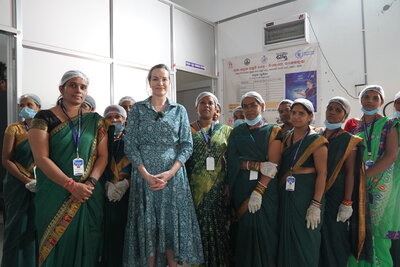
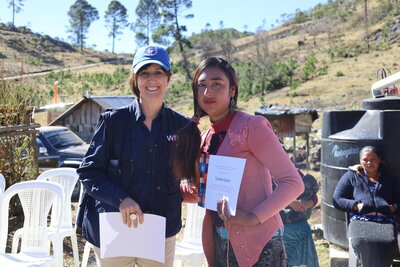
This is also seen elsewhere. In Guatemala, where more than 40 percent of the population self-identifies as Indigenous, with an overwhelming majority of Mayan descent, maize is not just something you eat – it has a highly symbolic and ritual significance. According to the Mayan tradition, the gods created the first humans out of a maize dough.
“Native food systems have proven themselves for generations,” says Elisabeth Faure, World Food Programme Country Director in India, where WFP supports Government interventions.
Although they represent only about 8 percent of the population, there are 140 million tribal people in the country, representing 730 officially recognized tribes, mainly concentrated in central and north-eastern regions.
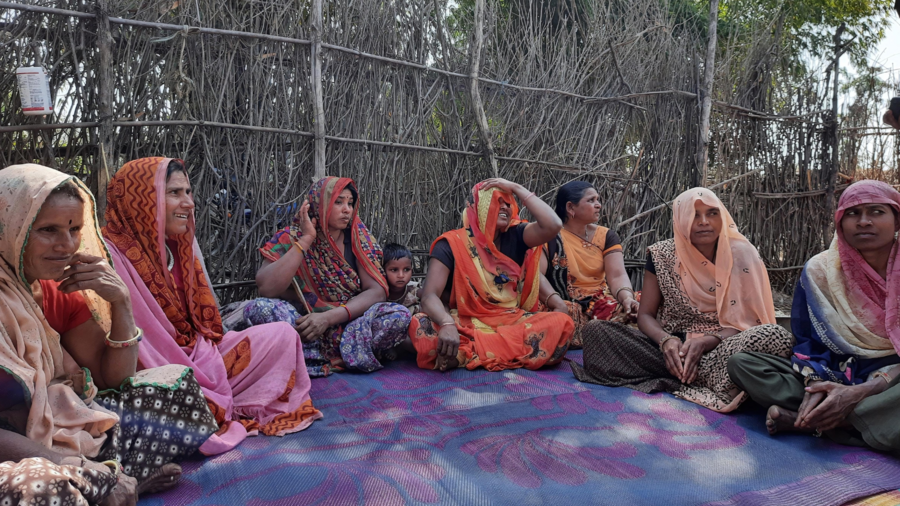
“Tribal people, and especially women, score particularly low on socio-economic indicators, including literacy and nutrition,” WFP’s Faure says. “Yet, they are the custodians of incredibly resilient traditional types of grains and seeds, including millets and wild varieties of rice.”
Across the globe, the way Indigenous Peoples produce, transform and consume food is based on a deep knowledge of the local ecosystems. In the case of the Mbororo people, moving herds across the semi-arid Sahel region of Central Africa – from the savanna to the desert and tropical areas, depending on the seasons – allows for land regeneration, says Ibrahim Cattle manure fertilizes the ground in dry areas to enable farming to happen during the rainy season, while the herds migrate elsewhere. After the harvest, the cows will come back and forage on the remains of crops.
In Central America, the traditional Mayan farming system known as milpa, which sees the simultaneous planting of corn, beans and squash, sets off chemical reactions in the soil which make the use of fertilizers unnecessary.
How much do you know about Indigenous Peoples?
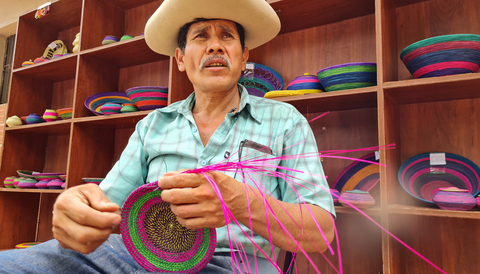
One size doesn’t fit all
However, these age-old systems are now at risk from multiple threats.
“The business-based model that is purely based on the monetary value of food is being pushed globally,” says Ibrahim. “But the short-term benefits – increased productivity, bigger profits – will be outweighed by the long-term damage this is doing to our ecosystems.”
There are health implications too. In Guatemala, the spread of a one-size-fits-all food model is having a heavy impact on nutrition. “Fast food – which now you can find even in the most remote communities – is becoming endemic, while traditional nutritious foods are being forgotten, contributing to the rise of obesity,” says WFP’s Country Director, Tania Goossens. “This, coupled with very high stunting rates – 58 percent, against an already worrying national average of 46.5 percent – and vitamin and mineral deficiencies, means Indigenous Peoples’ populations suffer from a triple burden of malnutrition.”
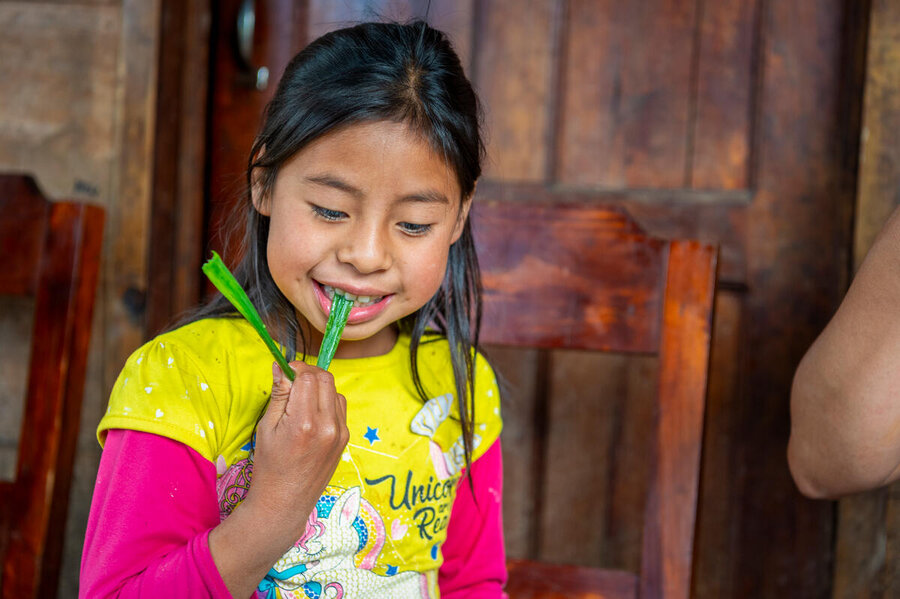
The need for all steps in the food system to be compatible with each specific ecosystem is at the heart of Indigenous Peoples’ demand for food sovereignty. “We are trying to tell the world that we see food differently, and that there is not one single model that can apply to everyone,” Ibrahim says.
“A climate injustice”
Both Faure and Goossens agree that, together with globalization and other factors – including conflicts over land causing displacement – the effects of climate change are making traditional Indigenous livelihoods “less and less viable”. In Guatemala, the area once known as ‘the Dry Corridor’ is expanding, with drought affecting traditional crops such as maize and beans and forcing people to migrate. In India, the extreme unpredictability of water availability is affecting the ability of small-scale Indigenous farmers to produce enough food to feed themselves, let alone sell. In the Sahel, climate extremes are heightening tensions between nomadic, pastoralist people like the Mbororo and farming communities as each tries to gain access to water or ever-smaller fertile areas.
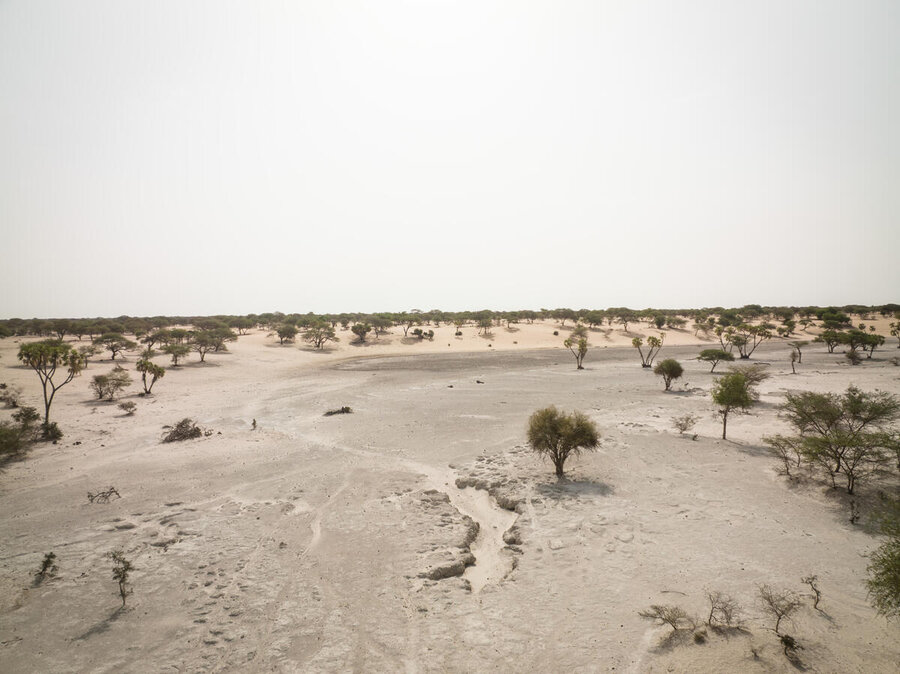
“Indigenous Peoples are the victims of a climate injustice,” says Ibrahim. “We did not cause the climate crisis. We did not benefit from any of the activities that are at its roots. And yet, we are heavily impacted by it, as our seasons have changed.”
Ownership, recognition, representation
The good news is, Indigenous Peoples can draw on millennia of ancestral knowledge to find solutions to the many threats that endanger their very survival – and modern technology can lend a hand.
As part of her agro-ecology work in her native Chad, Ibrahim, an adaptation expert, leads participatory mapping exercises overlaying information from Indigenous Peoples’ communities with satellite maps and geographical information. “This allows us to see where to open corridors for the cattle to access water, where farming can resume, or where trees need to be replanted,” she explains.
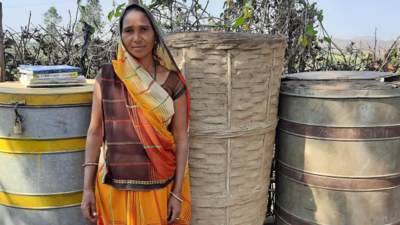
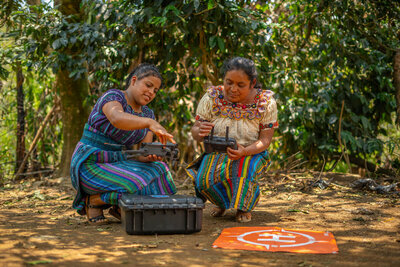
In Guatemala, WFP has trained rural women in the overwhelmingly Indigenous department of Quiché to fly drones to generate context-specific maps. In a country where more than half of Indigenous women do not have an income of their own, gender discrimination is deeply engrained and gender-based violence is rampant – this initiative helps raise the profile of women in the community.
In India, alongside working with Government authorities to make social security schemes more accessible to tribal people, WFP is also running pilot projects in the states of Rajasthan and Odisha, focusing on nutrition and food production by women’s self-help groups.
Efforts to protect Indigenous Peoples’ food systems and improve their access to food and nutrition, however, can only prosper if there is recognition of their specificity and broader institutional representation.
“Nationwide, we see massive differences in the conditions of tribal and non-tribal people,” says WFP India’s Faure. “But we also see they are doing better in places where they have greater political participation,” she adds.
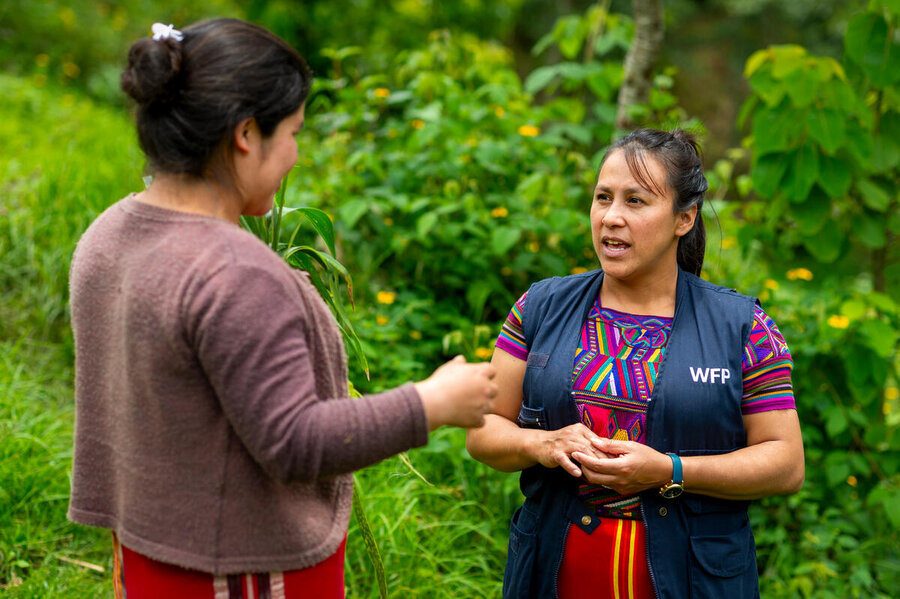
From Guatemala, Goossens highlights how representation and inclusion are also very important within WFP, if we are to gain the trust of communities. “In recent years, where we have set up programmes in Indigenous areas, we have tried to increase the number of Indigenous staff, to ensure they understand the communities and speak the local languages,” she said. At the moment, 12 percent of staff at WFP Guatemala self-identify as Indigenous, up from just 2 percent in 2022.
The process is not without its challenges, but Goossens is adamant: “We are committed to reaching out more to Indigenous Peoples’ populations and making them the centerpiece of our work, so we need to ensure that our own workforce is representative of those communities.”
